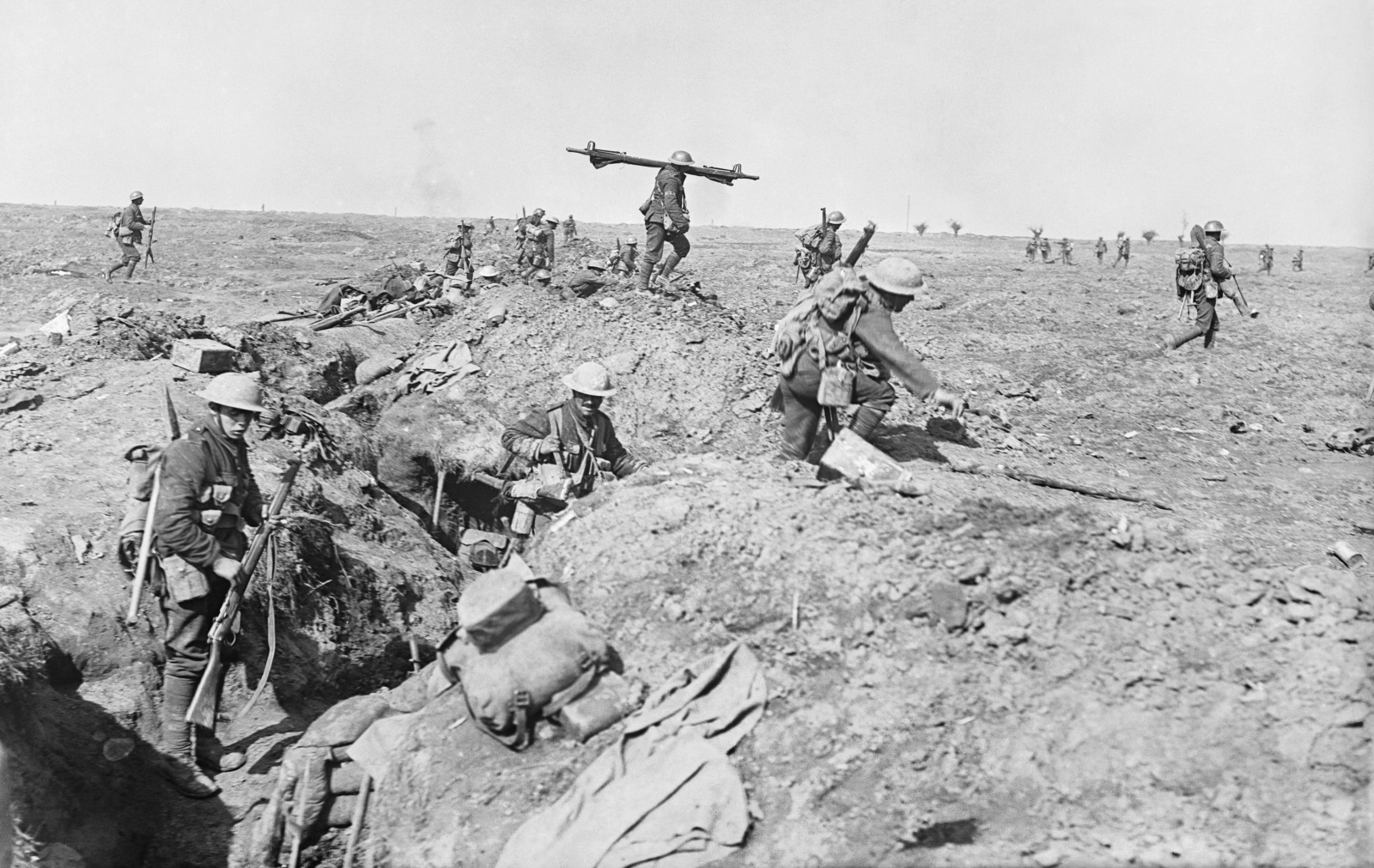





In 1915, Germany’s U-Boats patrolled the seas around Britain and Ireland, attacking merchant ships. Germany’s aim was to starve Britain into ending the war. This plan would have tragic consequences for hundreds of innocent transatlantic holidaymakers.
The luxury ocean liner “Lusitania” left New York for Liverpool on the 1st of May 1915. On May 7th she was sunk by a U Boat - U20, captained by Walter Schweiger, 18km off the coast of Ireland near the Old Head of Kinsale in Cork. 1,201 lives were lost including 128 Americans. The Cork lifeboat rowed for three hours – over 18 kilometres to the scene of the disaster to recover survivors and bodies.
America at this stage had not entered the war, and the killing of U.S citizens provoked outrage – but not yet enough to make the U.S. declare war on Germany. The incident was used in Ireland to encourage Irishmen to join the army.
At the time, the propaganda value of the sinking was not lost on Britain. Germany had torpedoed, without warning, an unarmed passenger liner full of innocent civilians.
However, certain modifications carried out on the liner meant the Germany’s guilt was not as clear-cut as British media of the time would have it.
At the outbreak of war in 1914, the Lusitania was in dry dock in Liverpool to be fitted with infrastructure that would allow her to use six-inch calibre guns, and internally she had already been fitted with racks to safely carry artillery shells. On the 17th of September she was registered with the admiralty as an armed auxiliary cruiser. Indeed the funding for her building was supplied in part by the Admiralty. On her last voyage, her manifest showed a cargo including thousands of rifle cartridges, shrapnel shells and unfilled artillery shell cases. Previous voyages’ manifests showed similar cargoes.
International “Cruiser Rules” had long been in place for seagoing vessels and these were, by and large, obeyed by Germany, at least at the start of the war. The rules stated that the halting of an unarmed ship was to be carried out by firing a shot across its bows, searching it, and if the ship were found to be neutral (and not carrying contraband) it was to be let go. However, an order was issued by the British government that would make the cruiser rules unenforceable. Any British captain agreeing to surrender on foot of a warning shot would be prosecuted. British merchant ships were given orders to ram submarines that surfaced in an attempt to give warnings as per the Cruiser Rules. This British change of policy effectively changed the Rules of War and prompted the German Government to publish an advertisement in the morning edition of the New York Tribune as a warning to intending transatlantic passengers:
This, along with the fact that she was known to have carried armaments in the past, would make the Lusitania (according to the German Navy) a belligerent enemy Auxiliary Cruiser, and therefore she would not have the benefit of the protection afforded by the Cruiser Rules. The sinking of the Lusitania remains controversial to this day. Conspiracy theories abound:
